
Canal Street is a major thoroughfare in the city of New Orleans. Forming the upriver boundary of the city's oldest neighborhood, the French Quarter or Vieux Carré, it served historically as the dividing line between the colonial-era (18th-century) city and the newer American Sector, today's Central Business District.

The Central Business District (CBD) is a neighborhood of the city of New Orleans, Louisiana, United States.
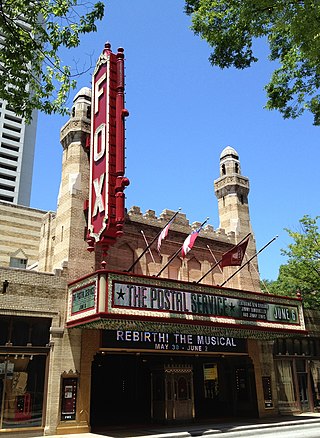
The Fox Theatre, a former movie palace, is a performing arts venue located at 660 Peachtree Street NE in Midtown Atlanta, Georgia, and is the centerpiece of the Fox Theatre Historic District.
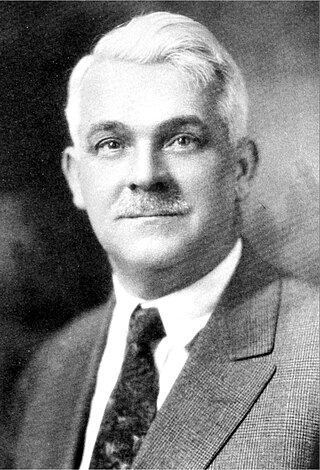
Thomas White Lamb was a Scottish-born, American architect. He was one of the foremost designers of theaters and cinemas of the 20th century.

The Kings Theatre, formerly Loew's Kings Theatre, is a live performance venue in the Flatbush neighborhood of Brooklyn, New York City. Opened by Loew's Theatres as a movie palace in 1929 and closed in 1977, the theater sat empty for decades until a complete renovation was initiated in 2010. The theater reopened to the public on January 23, 2015 as a performing arts venue. It was listed on the National Register of Historic Places on August 22, 2012.
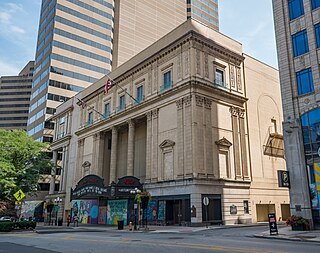
The Ohio Theatre is a performing arts center and former movie palace on Capitol Square in Downtown Columbus, Ohio. Known as the "Official Theatre of the State of Ohio", the 1928 building was saved from demolition in 1969 and was later completely restored. The theater was declared a National Historic Landmark in 1977.

The Loew's Jersey Theatre is a theater in Jersey City, New Jersey. Opened in 1929, it was one of the five Loew's Wonder Theatres, a series of flagship Loew's movie palaces in the New York City area. It was designed by the architectural firm of Rapp and Rapp in a Baroque/Rococo style. Tri-plexed in 1974, and then closed in 1986, it was dark for years. It was purchased by the city in 1993 and has been operated by a volunteer organization, the Friends of the Loews, since that time. The theater was designated as a New Jersey Registered Historic Site in 2009. In a move opposed by Friends of the Loews, the city in June 2014, agreed to let AEG Live operate the venue. After going to court, the lease by Friends of the Loews remains in effect. In 2022, a $72 million restoration project was started by Devils Arena Entertainment, a division of Harris Blitzer Sports & Entertainment that operates the Prudential Center, with completion being expected by 2025.

The Midland Theatre is a 3,000-seat theater located in the Power & Light District of Kansas City, Missouri, United States. The National Collegiate Athletic Association under Walter Byers had its headquarters in the building from the 1950s until it moved to 6299 Nall Avenue at Shawnee Mission Parkway in Mission, Kansas in 1971. The theatre was originally known as the Loew's Midland Theatre until 1961. Over the years, the theatre has been known by various names including: Saxon Theatre, Midland Stadium, Midland 1-2-3 Theatre, Midland Theatre and The Midland by AMC, and Arvest Bank Theatre at The Midland.

Rampart Street is a historic avenue located in New Orleans, Louisiana.

Saenger Theatre is an atmospheric theatre in downtown New Orleans, Louisiana, which is on the National Register of Historic Places. Once the flagship of Julian and Abe Saenger's theatre empire, today it is one of only a handful of Saenger movie palaces that remain.
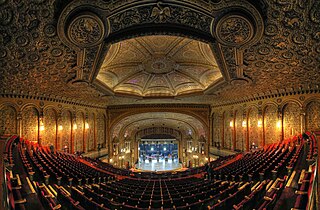
The United Palace is a theater at 4140 Broadway in the Washington Heights neighborhood of Manhattan in New York City. The theater, occupying a full city block bounded by Broadway, Wadsworth Avenue, and West 175th and 176th Streets, functions both as a spiritual center and as a nonprofit cultural and performing arts center. Architect Thomas W. Lamb designed the theater as a movie palace, which opened in 1930 as one of five Loew's Wonder Theatres in the New York City area. The theater's lavishly eclectic interior decor was supervised by Harold Rambusch, who also designed the interior of the Roxy Theatre and the Waldorf-Astoria Hotel.
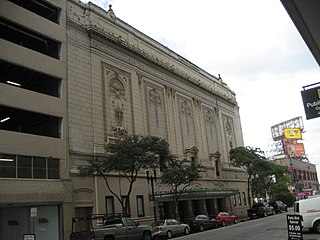
The Orpheum Theater is a theater in the Central Business District of New Orleans, Louisiana.

An atmospheric theatre is a type of movie palace design which was popular in the late 1920s. Atmospheric theatres were designed and decorated to evoke the feeling of a particular time and place for patrons, through the use of projectors, architectural elements and ornamentation that evoked a sense of being outdoors. This was intended to make the patron a more active participant in the setting.

The Robert Morton Organ Company was an American producer of theater pipe organs and church organs, located in Van Nuys, California. Robert Morton was the number two volume producer of theatre organs, building approximately half as many organs as the industry leader Wurlitzer. The name Robert Morton was derived not from any person in the company, but rather from the name of company president Harold J. Werner's son, Robert Morton Werner.

The Landmark Theatre, originally known as Loew's State Theater, is a historic theater from the era of movie palaces, located on South Salina Street in Syracuse, New York, United States. Designed by Thomas W. Lamb, it is the city's only surviving example of the opulent theatrical venues of the 1920s. The Landmark is on the National Register of Historic Places.

The Mahalia Jackson Theater of the Performing Arts is a theater located in Louis Armstrong Park in New Orleans, Louisiana. It was named after gospel singer Mahalia Jackson, who was born in New Orleans. The theater reopened in January 2009, after being closed since the landfall of Hurricane Katrina.

The Joy Theater, named after owner Joy Houck, is a theater and historic landmark built in 1947 on Canal Street in downtown New Orleans, Louisiana. Renovations in 2011 transformed the former movie palace into a multi-purpose theater for live music, stand-up comedy, private functions, and corporate events. The theater's iconic marquee sign was restored, as was the building's original art deco architecture.
The NorShor Theatre is an entertainment venue in downtown Duluth, Minnesota, and was formerly a movie palace and Opera House. It occupies a prominent place along Superior Street, and underwent a massive renovation effort by the City of Duluth. The NorShor played a significant role in the artistic history of Duluth, and is generally considered a landmark.
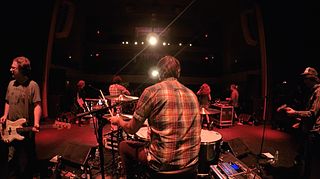
The Civic Theatre is a 1,200-seat theater located in New Orleans, Louisiana. The theatre was originally built in 1906 and is used for concerts, plays, films, corporate events and private parties.

The Carver Theatre is a theater located in New Orleans, Louisiana. The theatre was originally built in 1950 and was used for concerts, plays, off-broadway shows, films, conventions, graduations, Mardi Gras balls, dance recitals, corporate events and private parties.



















